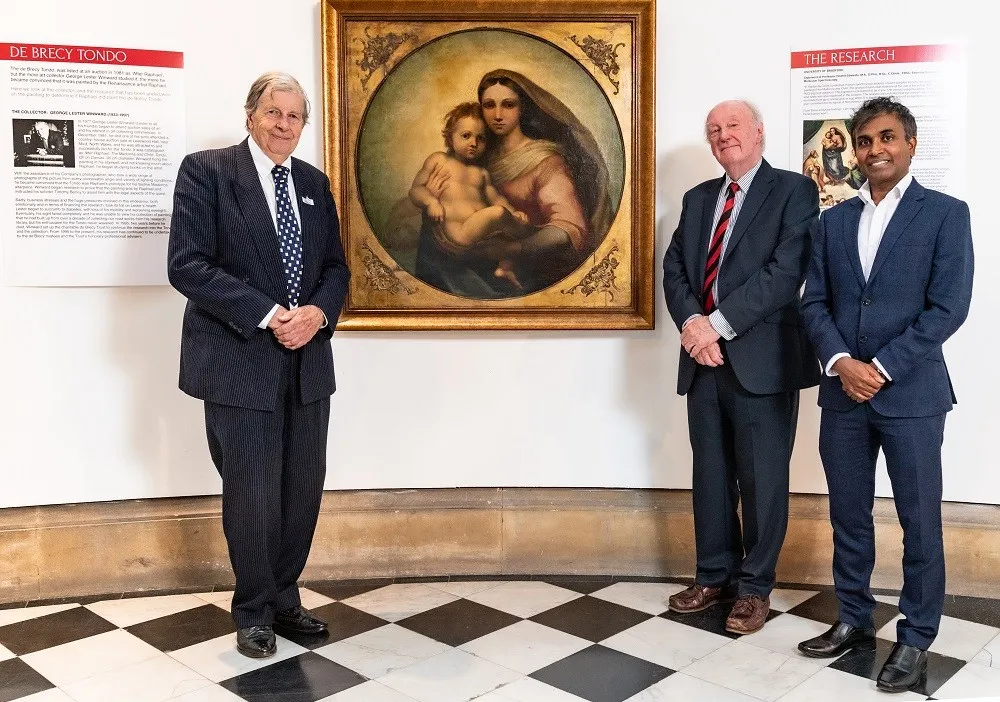Introduction
In the world of art, the intersection of artificial intelligence and attribution has ignited a fiery debate surrounding the authenticity of a painting attributed to Raphael. Initially celebrated as a triumph of AI, this attribution has now been cast into doubt by experts who question the accuracy of the technology. This article delves into the intricacies of the controversy surrounding the de Brécy Tondo and the role AI has played in this attribution dispute.
AI’s Initial Triumph
When scientists first claimed to have used artificial intelligence to authenticate a long-contested work attributed to Raphael, the art world erupted in applause. Publications worldwide lauded this technological feat, heralding a new era in art authentication.
Diverging Expert Opinions
However, as the dust settled, a complex and conflicting narrative emerged. Several experts have raised doubts about the accuracy of the AI-generated attribution. One scientist’s study yielded results drastically different from the initial AI determination. Two museum professionals voiced skepticism, emphasizing the high likelihood of AI errors in art attribution.
Uncertainty Surrounding the Painting
The de Brécy Tondo, whose creation date remains uncertain, has been a subject of historical debate. Some argue that it is a Victorian Era copy made centuries after Raphael’s death, while others contend it dates back to the Renaissance period.
A Familiar Composition
Adding to the intrigue is the painting’s striking resemblance to a portion of the renowned Sistine Madonna, whose Raphael attribution is undisputed. Both paintings depict a Madonna and child, with the de Brécy Tondo resembling a simplified version of the more famous artwork.
AI Analysis: Similarities and Controversy
Researchers in Nottingham and Bradford employed AI to analyze the de Brécy Tondo and the Sistine Madonna. Their findings suggested a 97 percent similarity between the female figures and an 86 percent similarity between the babies in both paintings. These results led the researchers to conclude that the two paintings were “highly likely to have been created by the same artist.”
Conflicting AI Results
The controversy deepened when Carina Popovici, a scientist working with the Swiss company Art Recognition, contradicted these findings. Popovici’s research, based on algorithms, indicated an 85 percent chance that the de Brécy Tondo was not authored by Raphael.
Expert Opinions on AI Attribution
Notable figures in the art world, such as Timothy Clifford, former director general of the National Galleries of Scotland, expressed skepticism about AI’s role in attributing artworks. Clifford called AI’s accuracy in this regard “terribly unlikely” and warned against the use of mechanical means for recognising paintings by major artists, citing the inherent dangers.
Conclusion: The Battle of AIs
As the debate rages on, it appears that the attribution of the de Brécy Tondo has become a battleground for artificial intelligences, each offering conflicting assessments. This controversy not only highlights the limitations of AI in art authentication but also underscores the enduring importance of human expertise in the complex world of art attribution. In the end, the battle of AIs leaves us with more questions than answers regarding the true creator of this enigmatic painting.
Feature Image: Timothy Benoy (at left), the current owner of the de Brécy Tondo, along with two researchers who studied the work using AI to determine that Raphael had painted it. Courtesy: KM IMAGES LTD.
Climate Activists Face Fines for Defacing Raphael’s ‘Sistine Madonna’ in Dresden Gallery

Contributor





